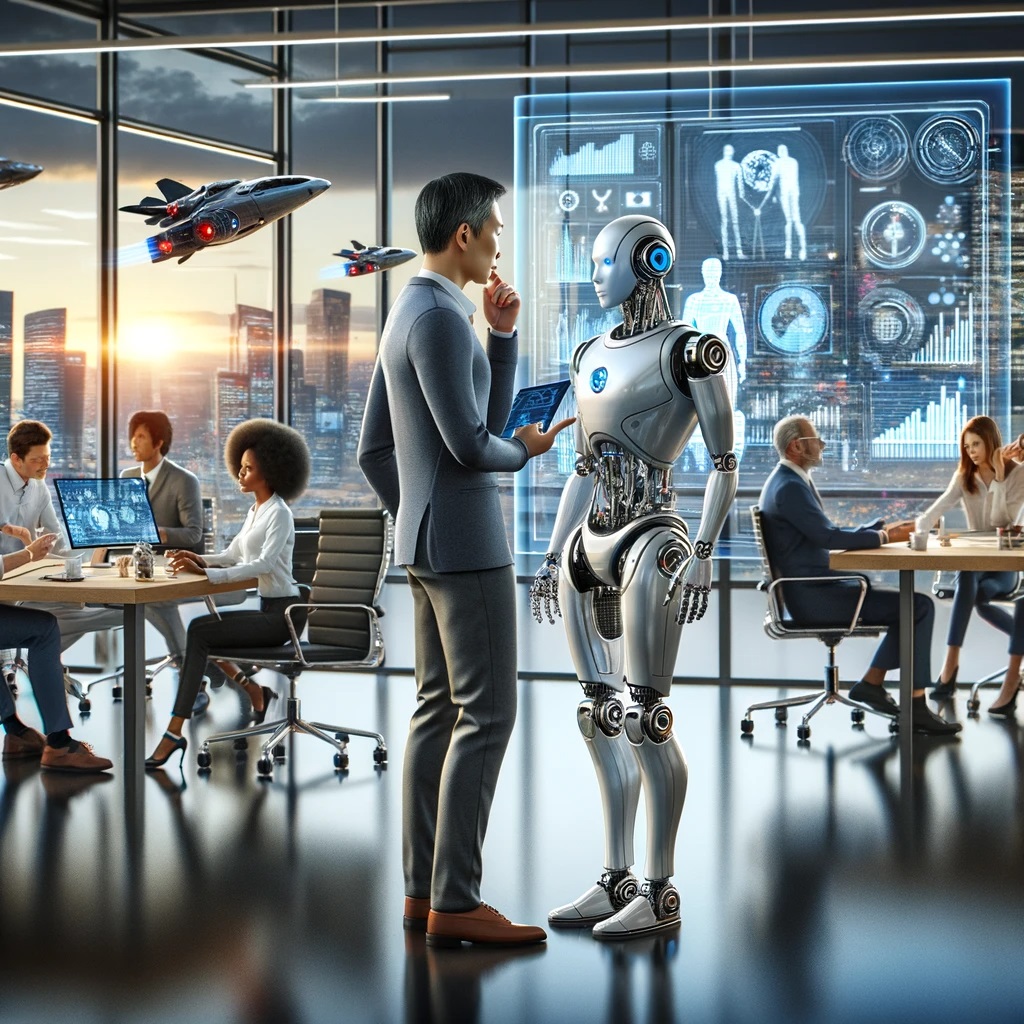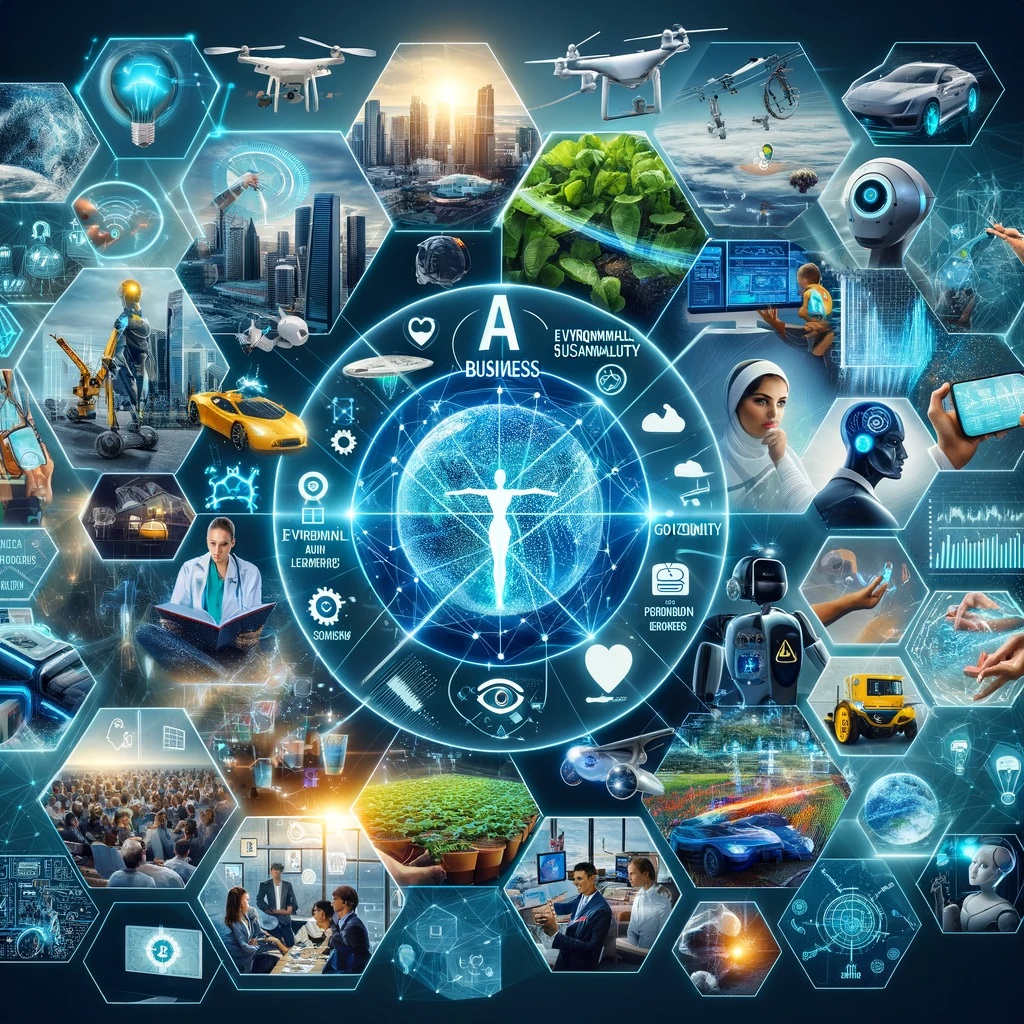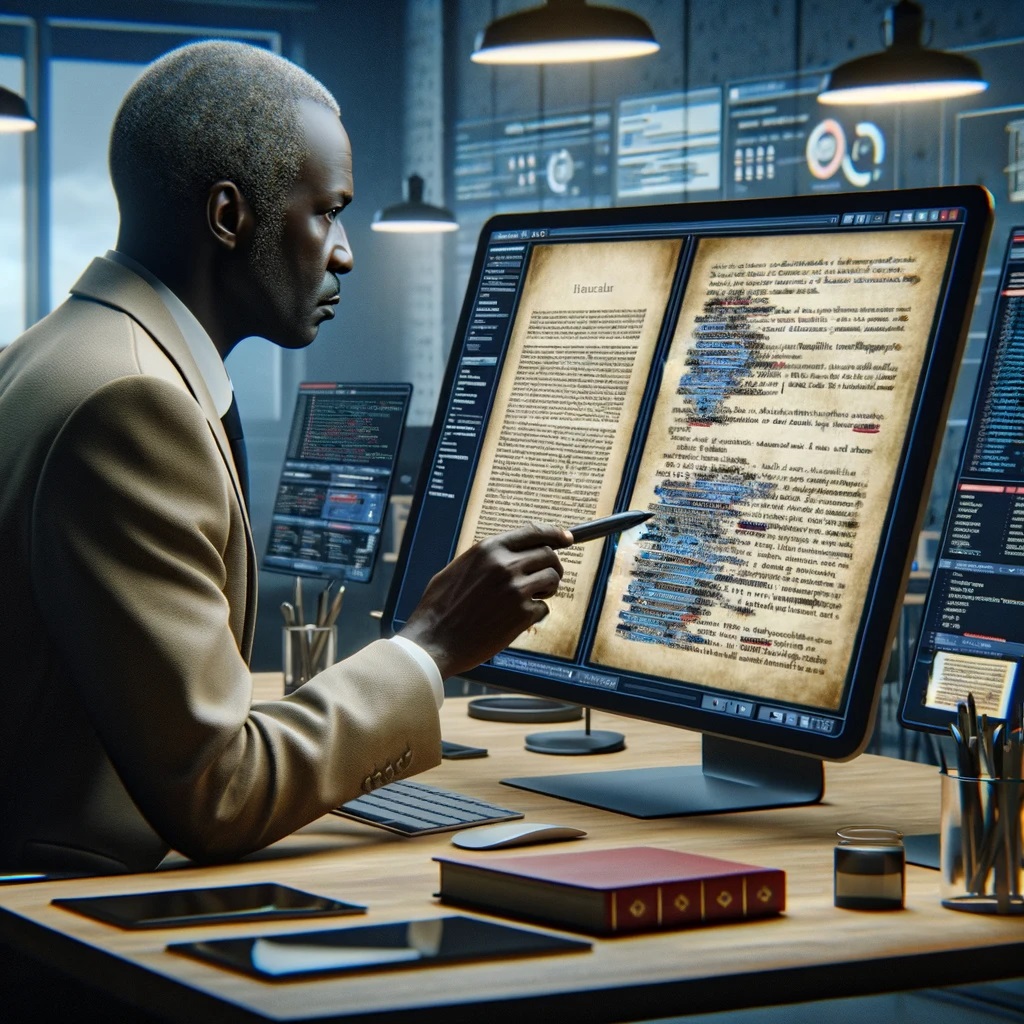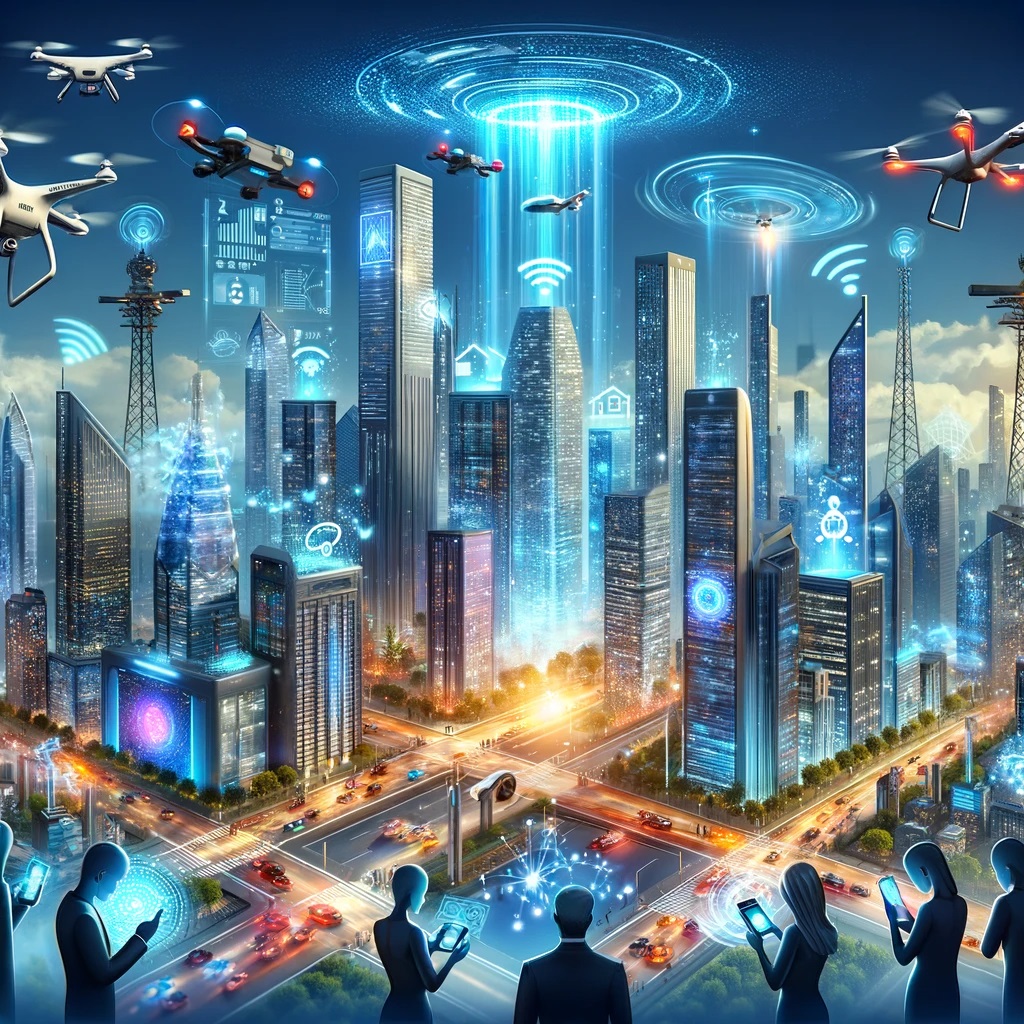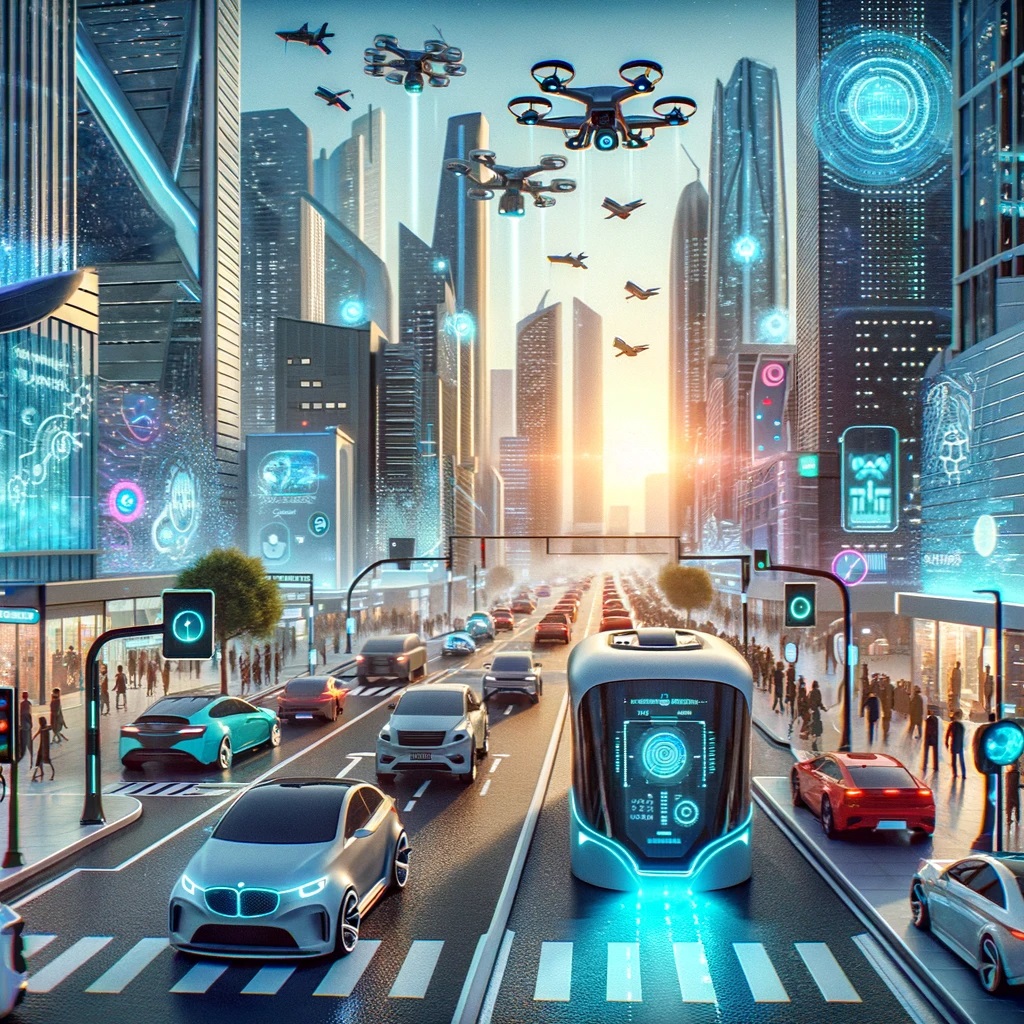In the evolving landscape of technology, Artificial Intelligence (AI) stands at the forefront, revolutionizing not just industries but the very nature of work itself. We will examine the dynamics of AI-induced job creation, the diverse effects it has in various global regions, and how it influences job quality and working conditions. Understanding government and policy responses to AI-driven job changes is crucial, as is learning about real-world examples of companies that are adapting their workforces to integrate AI. We will explore strategic approaches for workforce adaptation and look ahead to the future, pondering over the potential trends and predictions in an AI-dominated job market. How many jobs will AI replace, and what new opportunities will emerge in its wake?
What Jobs Are Most at Risk of Being Replaced by AI?
Jobs that are most at risk of being replaced by AI tend to involve routine, repetitive tasks that can be easily automated. According to research from McKinsey & Company, roles in manufacturing, warehousing, and transportation are highly susceptible. Automation technologies and AI systems excel in these environments, where tasks are predictable and follow a set pattern. For example, in manufacturing, AI-powered robots can consistently and efficiently perform assembly line tasks, significantly reducing the need for human labor.
In the realm of office work, data entry and analysis jobs are also at risk. AI algorithms have advanced in processing large volumes of data, performing tasks like sorting information, analyzing trends, and even making predictive models, which were traditionally done by human analysts. The finance sector, known for its reliance on data, is witnessing a growing adoption of AI for tasks like credit scoring and fraud detection, roles previously held by finance professionals.
How Does AI Actually Replace Human Jobs?
AI replaces human jobs primarily through automation, but it’s more than just performing tasks faster or more efficiently. AI systems can learn and adapt to new information, making them ideal for complex decision-making roles once thought exclusive to humans. In customer service, AI chatbots and virtual assistants handle inquiries and provide support, learning from each interaction to improve future responses. This not only streamlines the process but also allows human customer service representatives to focus on more complex and nuanced cases.
The Role of AI in Creating New Job Opportunities
Contrary to the fear that AI will lead to widespread job losses, it also creates new job opportunities. These jobs often involve the development, maintenance, and oversight of AI systems. For instance, as AI systems become more prevalent, there is an increased demand for AI specialists, data scientists, and machine learning engineers. These roles focus on designing, programming, and refining AI algorithms.
Professionals in these fields ensure AI systems adhere to ethical guidelines and regulatory standards. Additionally, as AI systems take over routine tasks, human workers are freed up to engage in more creative, strategic, and interpersonal roles that AI cannot replicate.
AI’s Impact on Jobs in Different Regions
The impact of AI on jobs varies significantly across different regions, influenced by factors such as economic development, technological adoption, and industry focus. In developed economies with high technology adoption, like the United States and Japan, the focus is on automating manufacturing and service industry jobs. This leads to a demand for skilled professionals who can work alongside AI technologies.
AI’s Influence on Job Quality and Working Conditions
The influence of AI on job quality and working conditions is a topic of significant debate. On one hand, AI can improve job quality by taking over mundane, repetitive tasks, allowing human workers to engage in more fulfilling and creative work. This can lead to increased job satisfaction and a better work-life balance. For example, in healthcare, AI’s ability to handle administrative tasks can relieve medical professionals from paperwork, enabling them to focus more on patient care.
On the other hand, the introduction of AI can lead to job displacement, increased job insecurity, and a need for continuous skill development. Workers may feel pressured to constantly update their skills to stay relevant in an AI-driven job market. Moreover, the implementation of AI can lead to increased surveillance and monitoring in the workplace, raising concerns about privacy and worker autonomy.
Government and Policy Responses to AI-Driven Job Displacement
Government and policy responses to AI-driven job displacement are critical in shaping the future of work. Many governments are implementing strategies to mitigate the negative impacts of AI on the job market. These include investing in education and training programs to reskill and upskill the workforce, focusing on STEM (Science, Technology, Engineering, and Mathematics) education, and promoting lifelong learning.
Policies are also being developed to ensure fair and ethical use of AI in the workplace. This includes regulations on data privacy, AI transparency, and accountability. Some countries are exploring the idea of universal basic income as a solution to potential job losses due to AI automation.
Companies Transforming Workforce with AI
Companies around the world are transforming their workforces with AI, leveraging its capabilities to enhance efficiency, innovation, and competitiveness. For instance, Amazon uses AI and robotics extensively in its warehouses to optimize the logistics and delivery process. This not only speeds up operations but also allows human workers to focus on tasks requiring critical thinking and problem-solving skills.
In the automotive industry, companies like Tesla are integrating AI into their manufacturing processes, enhancing precision and efficiency. AI is also being used in customer service across various industries, from banking to retail, improving customer experience while allowing human employees to handle more complex customer interactions.
Strategies for Workforce Adaptation to AI Integration
Adapting the workforce to AI integration involves both individual and organizational efforts. On an individual level, continuous learning and skill development are crucial. Workers should focus on developing skills that AI cannot replicate easily, such as critical thinking, creativity, and emotional intelligence. Additionally, cross-disciplinary skills, combining technical knowledge with industry-specific expertise, are becoming increasingly valuable.
Organizations, on the other hand, need to foster a culture of lifelong learning, providing training and development opportunities to their employees. Embracing a flexible approach to work, including job redesign and role shifts, can help businesses maximize the benefits of AI while minimizing the disruption to their workforce. Companies should also prioritize ethical AI use, ensuring transparency and fairness in how AI tools are implemented and used in the workplace.
AI and the Future of Work (Predictions and Trends)
The future of work in an AI-dominated world is a subject of intense speculation and study. Predictions suggest that while some jobs will be lost to automation, new ones will emerge, particularly in AI development, oversight, and support. The trend is towards a more collaborative environment where AI tools and human workers complement each other.
The rise of remote working and the gig economy, accelerated by AI and other digital technologies, is likely to continue. This could lead to more flexible working arrangements but also potentially more precarious employment conditions for some. As AI technologies evolve, the demand for skills in managing and working alongside AI will increase. The future work environment will likely be more dynamic, requiring adaptability and a willingness to continuously learn and evolve.

